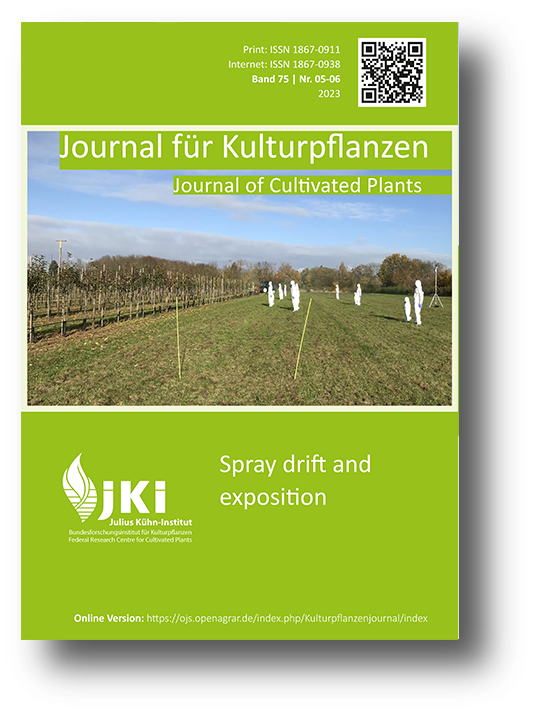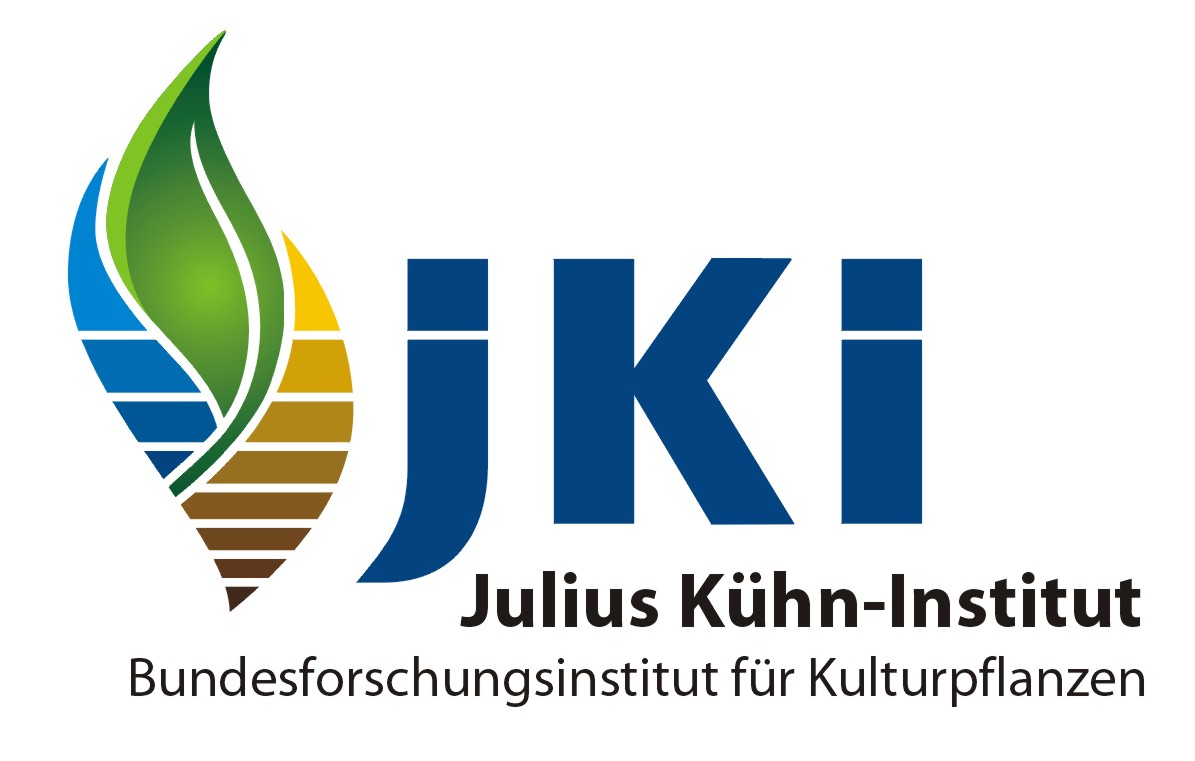Entwicklung einer Methode zur Messung der Exposition von Anwohner und Nebenstehenden durch die Ausbringung von Pflanzenschutzmitteln in Raumkulturen
DOI:
https://doi.org/10.5073/JfK.2023.05-06.03Schlagworte:
Raumkultur, Abdriftmessung, Anwohner, Nebenstehende, Bystander, Risikobewertung, AbdriftminderungAbstract
Anwohner und Nebenstehende können bei der Ausbringung von Pflanzenschutzmitteln Spritznebeln ausgesetzt sein. Die Bewertung möglicher Risiken wird auf Basis eines harmonisierten Expositionsmodells der EFSA durchgeführt. Für Obst- und Weinbau bestehen aktuell noch Bewertungslücken. Diese Datenlücken wurden von BVL, JKI und BfR in einem Gemeinschaftsprojekt adressiert. Die Entwicklung einer robusten Methode zur Durchführung reproduzierbarer Feldversuche stellte ein Kernelement des Projektes dar. Der fluoreszierende Farbstoff Pyranin diente in den Versuchen als gut nachweisbarer Ersatz für echte Pflanzenschutzmittel. Im Zuge mehrjähriger Optimierungen wurde eine geeignete Bekleidung für Schaufensterpuppen gefunden, die Erwachsene und Kinder repräsentieren. Tyvek®-Overalls erwiesen sich als geeignet, um mit hoher Genauigkeit auch geringe Mengen an Farbstoff nachweisen zu können. Der Entwicklungsprozess liefert die Basis für eine JKI Richtlinie für die Vorbereitung und Durchführung von Feldversuchen. Die verschiedenen Entwicklungsstufen werden hier beschrieben. Die mit der entwickelten Methode ermittelten Daten ermöglichen der EFSA, die Modelle zur Expositionsbewertung zu verbessern.
Downloads
Veröffentlicht
Ausgabe
Rubrik
Lizenz
Copyright (c) 2023 Katrin Ahrens, Markus Röver, Enrico Peter, Gabor Molnar, Sabine Martin, Jens Karl Wegener

Dieses Werk steht unter der Lizenz Creative Commons Namensnennung 4.0 International.
Der Inhalt dieser Zeitschrift ist lizenziert unter der Creative Commons - Namensnennung 4.0 Lizenz. Sie dürfen das Material in jedwedem Format oder Medium vervielfältigen und weiterverbreiten, remixen, verändern und darauf aufbauen und zwar für beliebige Zwecke, solange die Originalpublikation zitiert wird (Autoren, Titel, Jahr, Zeitschrift, Band, Nummer, Seiten).
Urheber- und Nutzungsrechte verbleiben beim Autor. Die Autoren räumen dem Journal für Kulturpflanzen sowie dem Julius Kühn-Institut und dem OpenAgrar-Repositorium das nicht-ausschließliche Nutzungsrecht ein, das Werk zu verbreiten und zu verwerten.







